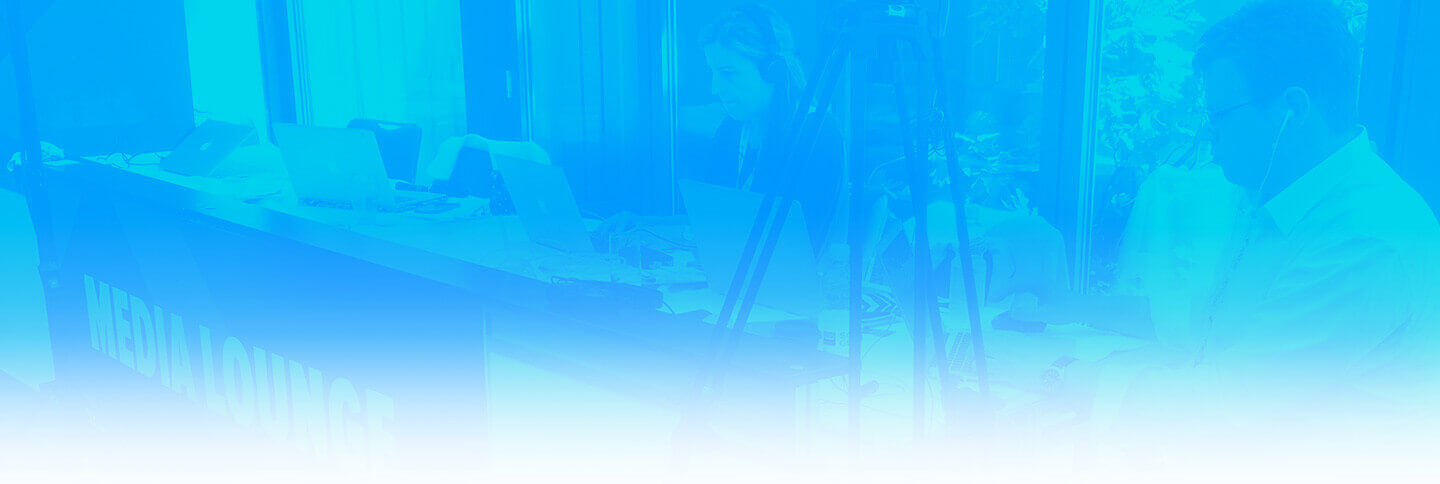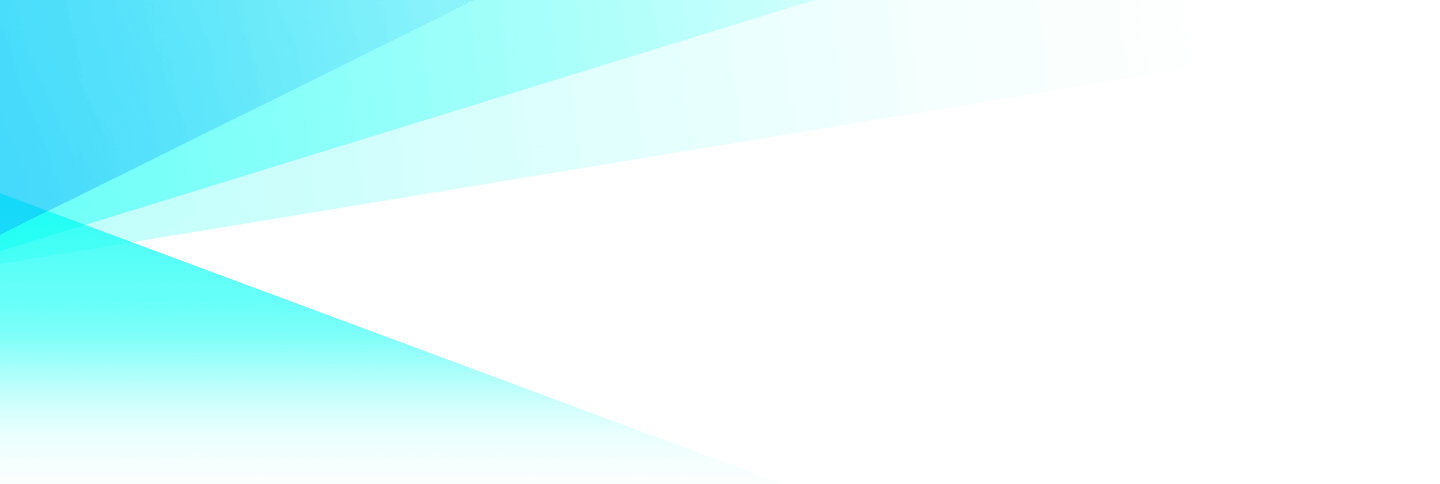Where creativity and technology meet: a designer’s view on artificial intelligence
My favourite things usually exist where creativity and cutting edge technology meet.
That’s why I’m so into experimenting with autogenerative artificial intelligence (AI) and its potential in design.
I made a short video about space, using Midjourney to generate still images and Stable Diffusion to generate depth maps to add some movement and bring each shot to life.
Since the start of the year, I’ve spent 1-2 hours a day exploring, tinkering and innovating with the tools that are evolving day by day.
AI is very much in that wild west space at the moment, where there is a lot to experiment with and not many rules. People are combining the tools in different ways, making amazing visual work using techniques and processes that nobody has seen before.
OH MY GOD!!!! Cristopher Walken is no dummy and is totally irreplaceable, but for the purposes of this test of @WonderDynamics Wonder Studio, I've replaced him with a dummy. This took ~90 minutes to process, including Mocap, actor removal, and rendering. pic.twitter.com/EncoymNo7h
— Aharon Rabinowitz (@ABAOProductions) April 12, 2023
Visual creativity is just one area that’s being rapidly reshaped by technology. All our business practices and ways of working are set to be redefined. This raises opportunities, but it also poses risks and threats.
Formative Content has started integrating AI into aspects of our work to enhance our productivity and output for clients, but we are taking those steps cautiously and with clear guardrails to protect our clients and our reputation for quality content development. Instead, we’re experimenting at speed – and we’ve formed a cross-functional AI working group – as we look for ways to adopt technology to support human creativity, enterprise and originality, while also protecting corporate integrity and safeguarding ethics.
Early Experiments
Some of my favourite experiments include the use of text to image generation tools, like MidJourney; as well as generative audio and video tool, Kaiber; and video generator RunwayML. I also love what Adobe is doing with Firefly and its other applications.
Dream bigger with us. ✨ Introducing Generative Fill in the @Photoshop (beta) app – a new magical way to create extraordinary imagery from a simple text prompt, powered by #AdobeFirefly. Learn more: https://t.co/9AuYivfduj pic.twitter.com/tq21V4Szpe
— Adobe (@Adobe) May 23, 2023
For our visuals team, AI already offers scope to save time, using the technology as an assistant or to facilitate short cuts, rather than do the whole project.
Automating time-consuming design tasks gives me space to focus my time and expertise on more strategic and creative work. I can also use it to streamline my workflow and deliver projects more efficiently.
AI as a copilot, not a replacement
There’s a misconception that AI will become something where you just press a button and it comes up with an amazing piece of work for you, but there will always need to be a human and a good idea behind any creative work.
AI helps me with techniques I might not be so strong at, like illustration, it can kick start the creative process by throwing out initial ideas, fast tracking time consuming jobs like cutting an image or a subject from a video. It can help with ideas, and add detail to your work. So I’m always using it and thinking about how I can apply it, especially to the weaker areas of my work.
Using a combination of Midjourney, Leiapix and traditional tools, I wanted to see if I could generate the same character in different styles and expressions in this ‘dating app’ clip. The car animation was created using variations of the same prompt in Midjourney.
I also draw on AI as a jumping off point for my creative inspiration. AI-powered tools can offer new perspectives and generate design suggestions that I may not have considered. This can also help enhance collaboration between designers or other creatives on a project, such as editorial. Using AI to generate prototypes or drafts can facilitate discussions, speeding up the process and improving communications.
Control and fine detail
A big issue is the level of control you have over the detail in the images. It’s difficult to control the way a subject in the image is posed for example or where they are placed in an image. There are also lots of technical bits and pieces that AI struggles with, like getting the look of fingers and toes, eyes and hair right, although this is getting much better.
As we incorporate AI more and more into our everyday work, creativity and human storytelling will become more important in terms of grabbing and retaining people’s attention.
The best work will come when AI is used as a tool in a wider creative process, to perform tasks that an artist could do but would take a long time.
There’s so much hype around AI, and so many different visual tools. We are looking at a big change here, one in the same vein as the printing press, the internet, the iPhone.
It will change everything.
READ MORE
Protecting your brand in the age of generative AI
Five key takeaways on AI, communications and fake news from the Page Conference
About the author: Dan Gray is Formative Content’s Deputy Head of Visuals. Connect with him on LinkedIn here.

Related Articles
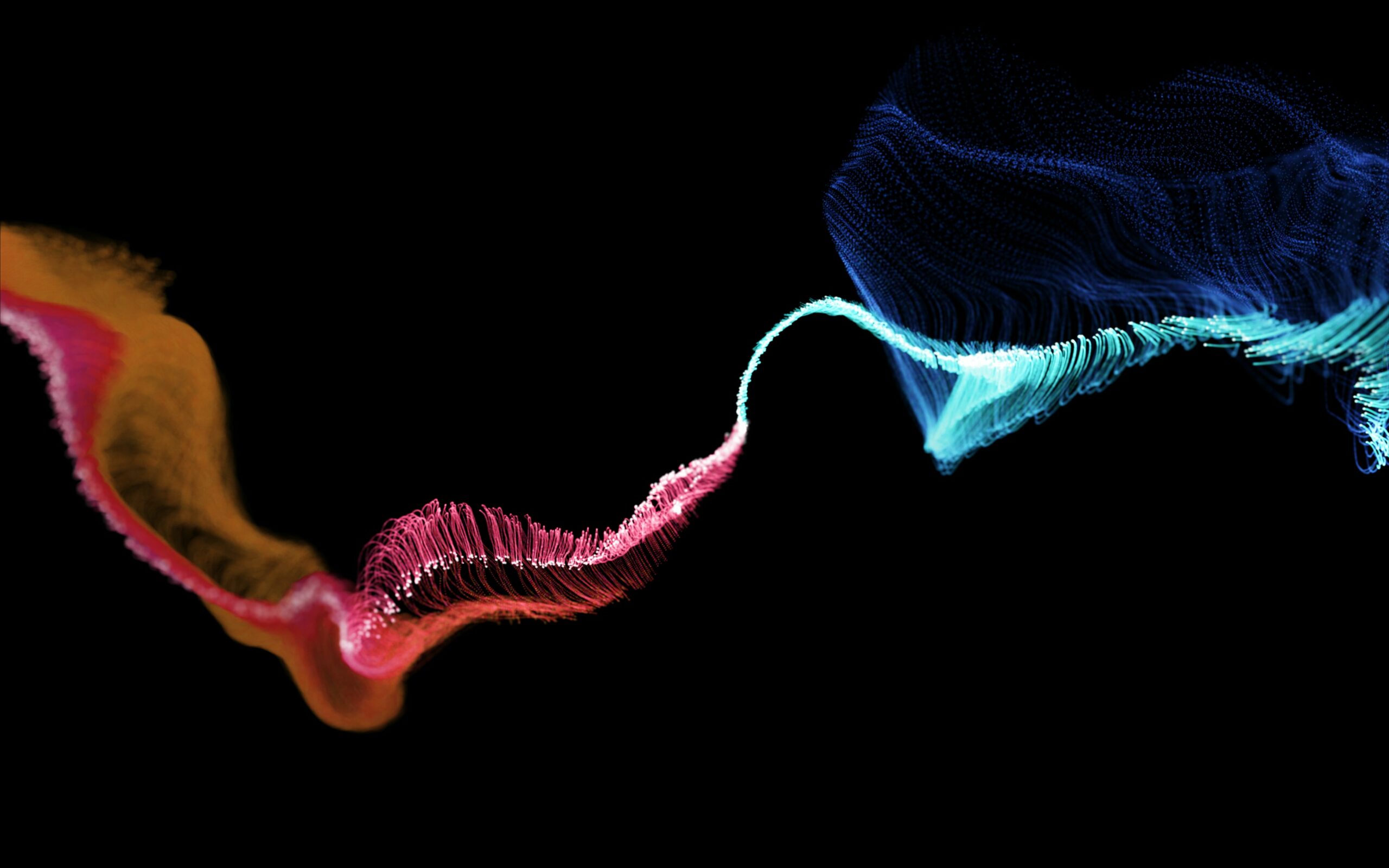
AI won’t destroy SEO – but it will massively change the game
“The reports of my death are greatly exaggerated,” Mark Twain is said to have told a newspaper reporter.
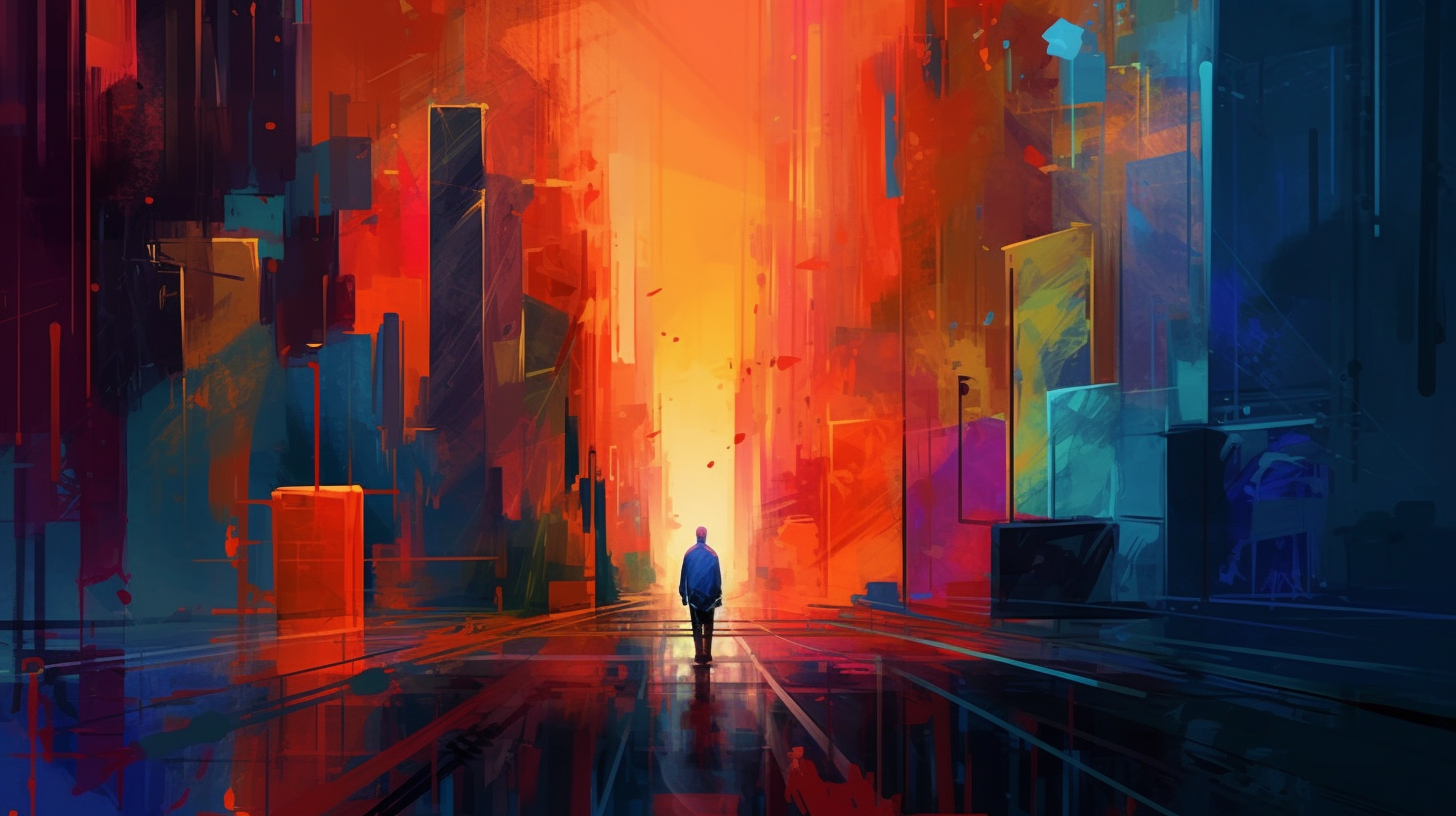
Where creativity and technology meet: a designer’s view on artificial intelligence
My favourite things usually exist where creativity and cutting edge technology meet.

What does the launch of Twitter-alternative Threads mean for B2B marketers?
Threads, a Meta-owned alternative to Twitter, is set to launch on Thursday.
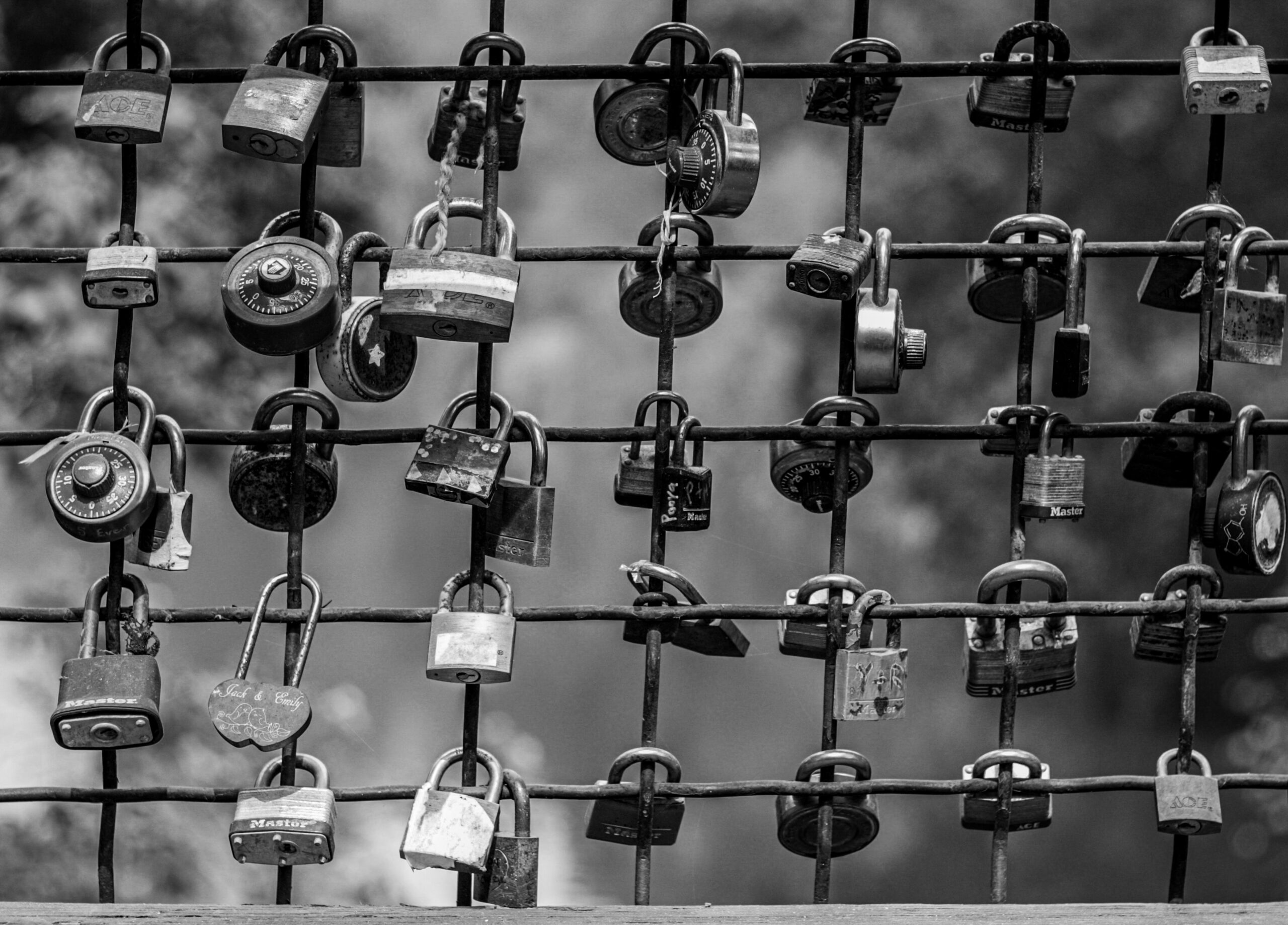
Protecting your brand in the age of generative AI
Imagine a deep fake video supposedly of your CEO making a market-moving statement going viral on the web.
